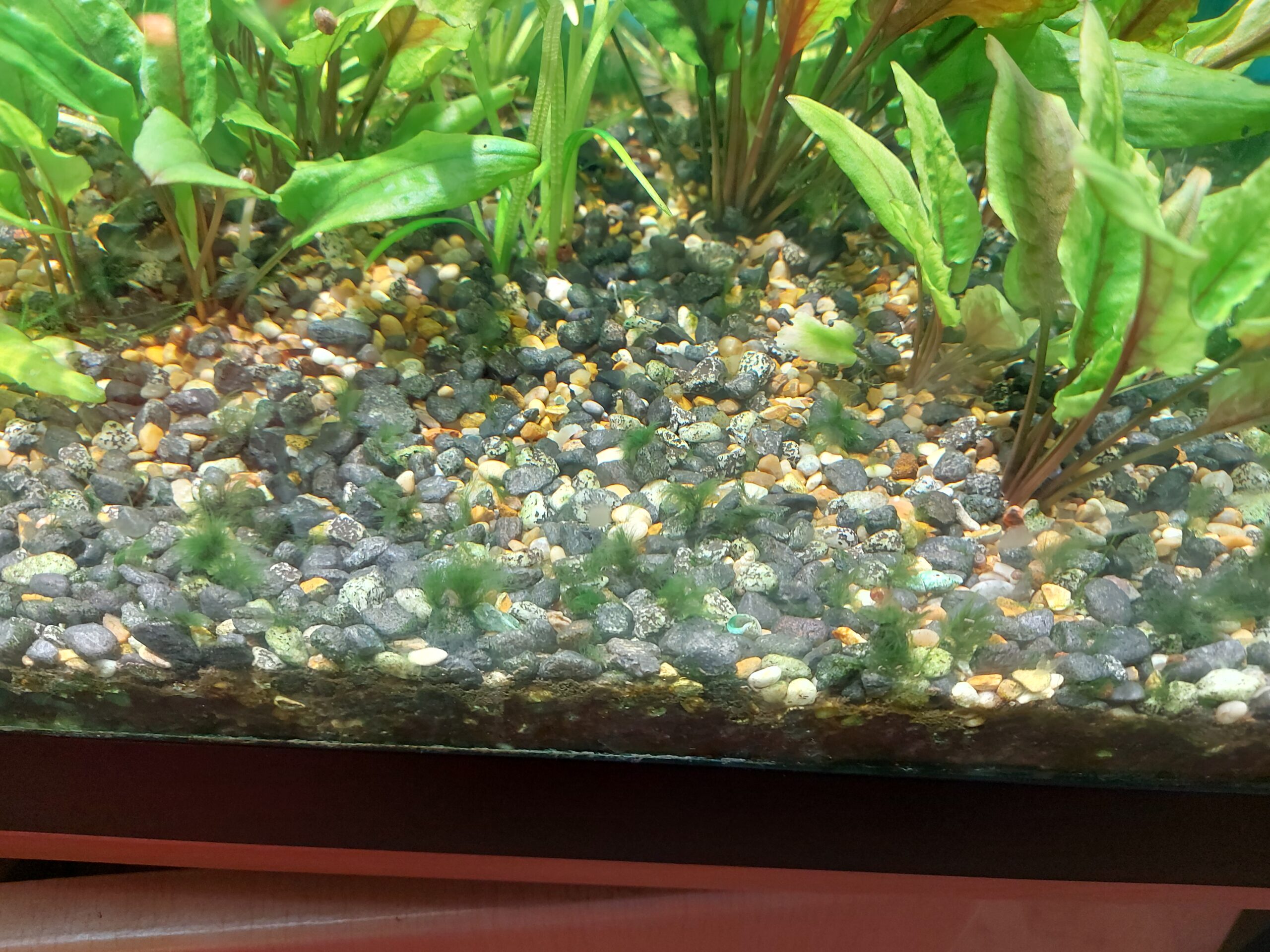Sea anemones do not molt like some other invertebrates such as crustaceans and insects. Instead, they grow continuously throughout their lives, with new cells being produced to accommodate their growth. This process allows them to gradually increase in size without the need to shed their exoskeleton or outer layer.
Sea Anemones and Molting
Sea anemones, similar to other cnidarians, undergo processes of growth and renewal that can be likened to molting in more commonly studied animals. These processes include ecdysis and regeneration.
Ecdysis in Cnidarians
Cnidarians, which include sea anemones, jellyfish, and corals, display a form of molting known as ecdysis. This process involves the shedding of the outer layer of the body, known as the cuticle or exoskeleton.
However, in sea anemones, ecdysis is less pronounced because they do not possess a rigid exoskeleton. Instead, sea anemones may shed a thin layer of their epidermis to allow for growth or to get rid of waste and foreign particles.
This is periodically necessary because it helps maintain the health and function of their body tissue.
Frequency and Indicators:
- Frequency: Ecdysis may occur at varying intervals, depending on the species and environmental factors.
- Indicators: Signs of ecdysis in sea anemones can include a dulling of color or the appearance of a filmy substance on the body.
Sea Anemone Regeneration
Regeneration in sea anemones is a significant biological process where these creatures can heal wounds, replace lost parts, or even reproduce asexually. They have a remarkable ability to regenerate entire body parts efficiently due to a high density of stem cells in their bodies.
Process and Capabilities:
- Healing: Small wounds can typically heal completely, with new tissue growing to replace any damaged areas.
- Body Parts: Sea anemones can regenerate lost tentacles and other body structures, returning them to full functionality over time.
- Asexual Reproduction: Some species can regenerate an entire individual from a fragment of the parent’s body, a method referred to as clonal propagation.
Sea Anemones, What to know
Sea anemones, fascinating denizens of marine environments, often prompt curiosity regarding their life processes, with molting being one of the queried phenomena.
Unlike crustaceans, which are renowned for shedding their exoskeletons as they grow, sea anemones exhibit different biological characteristics.
They belong to the group of animals called Cnidaria, which also includes jellyfish and corals, and possess a body made up largely of water and a gastrovascular cavity.
The process of molting typically pertains to the shedding of an outer layer, and in the context of sea anemones, it is essential to comprehend their anatomy and growth mechanisms.
These creatures exhibit a simple body organization with a mouth opening surrounded by tentacles, and their body wall consists of an outer epidermis, a middle mesoglea, and an inner gastrodermis. Growth for sea anemones involves increasing the size of their existing structures rather than shedding them off.
Understanding whether sea anemones undergo a molting process requires a nuanced consideration of what constitutes molting and how it differs across various species within the animal kingdom.
While anemones do not molt in the typical sense as arthropods do, they may undergo processes that parallel the renewal of body components, addressing the wear and tear encountered in their marine habitats.
This is a clear distinction from the classic molting process and highlights the diversity of growth strategies in marine invertebrates.
Sea Anemone Biology
This section explores the fundamental aspects of sea anemone biology, focusing on their anatomy and physiology, as well as their unique growth and development processes.
Anatomy and Physiology
Sea anemones are marine invertebrates classified in the phylum Cnidaria. They typically possess a columnar body topped with an oral disc surrounded by tentacles. Anemones have a simple body plan that consists of a gastrovascular cavity used for digestion and circulation, and a single orifice serving as both mouth and anus.
- Symmetry: Radial
- Body Structure: Columnar
- Oral Disc: Adhesive foot at the base, surrounded by tentacles
- Stinging Cells: Cnidocytes
The tentacles contain specialized cells called cnidocytes, which harbor stinging structures known as nematocysts. These are used for prey capture and defense.
Growth and Development
They do not undergo molting as part of their growth process. Instead, sea anemones increase in size by enlarging their existing cells or by producing new ones.
- Reproduction: Asexual (fission, budding) and sexual means
- Growth: Enlargement of existing cells or addition of new cells
They can reproduce asexually through methods such as fission or budding, as well as sexually, producing planktonic larvae that eventually settle and metamorphose into a polyp. These polyps can grow into full-sized anemones, culminating in the unmistakable appearance characteristic of mature sea anemones.
Molting in Invertebrates
Molting is a biological process through which many invertebrates periodically shed their exoskeleton to grow. This section explores the molt process and identifies species that undergo molting.
Molt Process
Molting can be broken down into several stages. Initially, the invertebrate produces new, soft exoskeleton beneath the old one. Enzymes are released, separating the old exoskeleton from the underlying tissue.
When the invertebrate is ready, it will typically expand its body by taking in air or water to split the old exoskeleton, a phase called ecdysis. After shedding, the animal typically remains in a vulnerable state until the new exoskeleton hardens.
Species That Molt
Molting occurs in various invertebrate species, including:
- Arthropods: This group comprises insects, arachnids, myriapods, and crustaceans; all members undergo molting.
- Echinoderms: Sea urchins and starfish also shed their exoskeleton.
- Nematodes: These roundworms periodically molt their cuticle for growth.
The process and frequency of molting vary widely among these species depending on age, environmental conditions, and growth rates.









